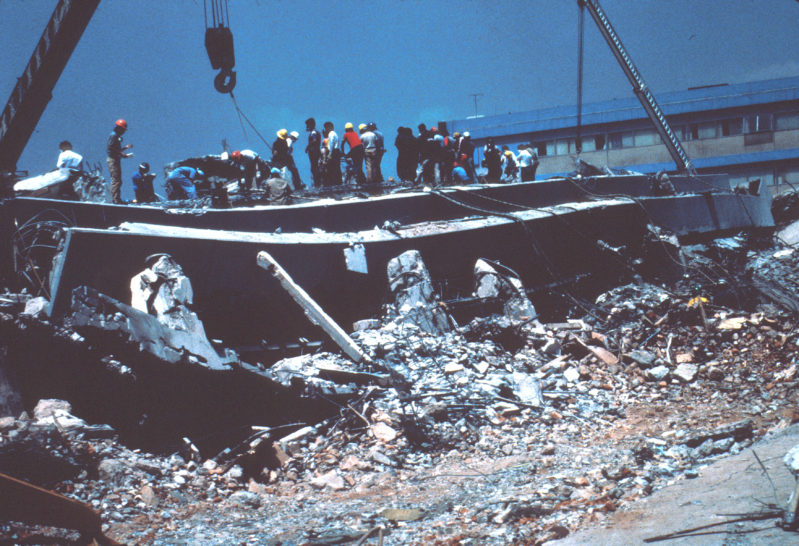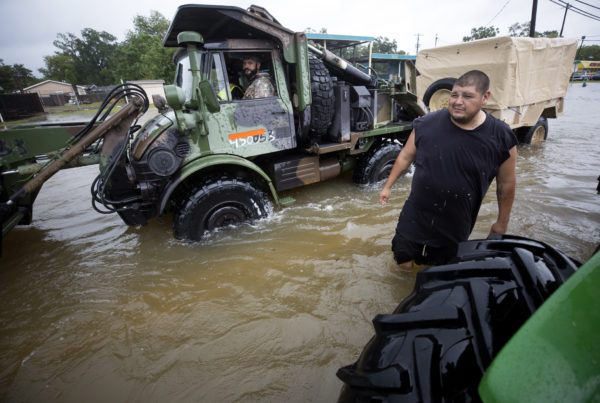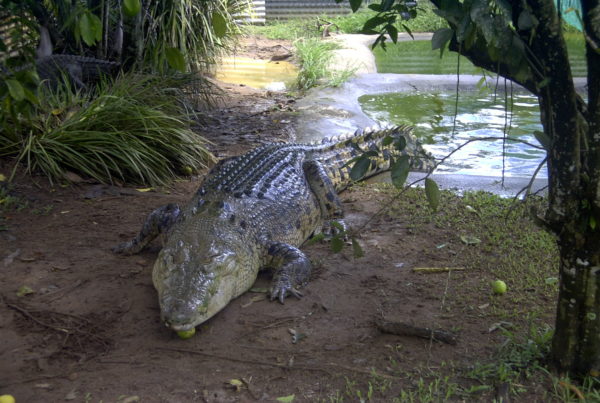As of Thursday morning, 230 people were confirmed dead in Mexico, following the magnitude 7.1 earthquake that struck the central region of the country. Rescue efforts are still underway. Coverage of the quake reminded news readers and viewers that Mexico City, where many died, and where damage to buildings and infrastructure was significant, hardly rests on solid ground.
John Vidale, an earth sciences professor at the University of Southern California, and director of the Southern California Earthquake Center says Mexico City, which was built on a dry lake bed, is unusually susceptible to the effects of earth tremors.
“That soft ground is something that amplifies the shaking of the ground, just like Jell-O on a plate,” Vidale says.
Vidale says Mexico experiences a large number of earthquakes because of its proximity to two tectonic plates that have collided often; Cocos Plate, which is under the ocean, and the North American Plate, which is below land.
Vidale says collisions of these plates cause earthquakes throughout Central and South America. Texas, by contrast, is not at risk from these colliding plates. Texas is on the North American Plate, which extends into the Atlantic Ocean, but isn’t affected by Cocos Plate.
“Texas is fairly safe because the boundary is on the west coast, so if you go even 200 miles from the coast, it’s much safer than being right on the coast,” he says.
Vidale says Texas does face earthquake risks. Some quakes in the state are attributable to oil industry activities.
Written by Shelly Brisbin.














